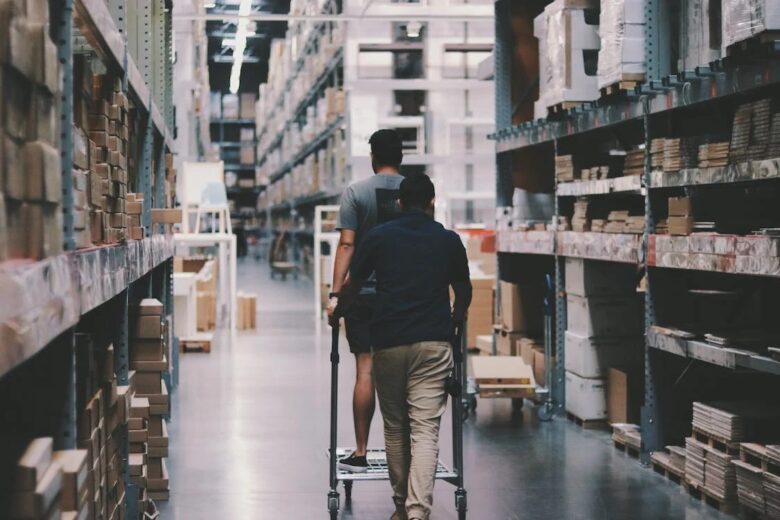Warehousing has always been a cornerstone of the commerce world. Today, the fast-paced nature of global trade and e-commerce has dramatically transformed the way warehouses operate. The introduction of advanced technology and modern logistical techniques has rendered the traditional ways somewhat obsolete. However, the underlying principles remain largely unchanged.
The City’s Influence on Warehousing
Metropolitan areas, bustling with consumers, businesses, and a wide variety of demands, exert a considerable influence on how warehouses function. These urban zones necessitate swift delivery times and efficient logistics.
Take Melbourne, for instance, a city known for its dynamic trade and commerce activities. Warehousing in such a city is no ordinary task. There’s a constant tug-of-war between demand, space, availability, and the perpetual endeavour to reduce lead times.
Tailored Solutions for Urban Warehousing
The quest for tailored warehousing solutions has led to the emergence of niche providers. Among them, the role of third-party warehousing services in Melbourne is gaining traction. These 3PL providers aren’t just about storage; they encompass a broader array of services that integrate seamlessly with the city’s supply chain, ensuring that products reach their destination on time and in perfect condition.
With the expansion of e-commerce platforms, the demand for 3PL solutions has skyrocketed. The online shopping experience relies heavily on the quick, efficient, and accurate delivery of products. This is where urban 3PL services make their mark. The ability to swiftly move products within city confines without the exorbitant shipping fees is a game-changer.
Challenges in the Urban Warehousing Landscape
But it’s not all rosy. Warehouses in cities face myriad challenges. Space constraints, high rental costs, stringent regulations, and traffic congestions are just a few of the obstacles. Consequently, effective problem-solving and innovative strategies are pivotal.
For instance, the concept of vertical warehousing, where goods are stored upwards rather than outwards, is a direct response to space constraints. Similarly, adopting greener transportation methods or employing real-time tracking systems can mitigate the effects of traffic congestions and regulatory challenges.
Another rising trend in the warehousing domain is the concept of “last-mile delivery.” It refers to the final step of the delivery process from a distribution centre or facility to the end-user. In essence, it’s the most crucial part of the entire chain, given its direct interaction with the customer.
Incorporating Technology for Streamlined Processes
With the digital age, warehouses are no longer just brick and mortar. They’ve evolved into tech-driven facilities, leveraging Artificial Intelligence, IoT, and sophisticated software solutions. Whether it’s inventory management, route optimization, or predictive analytics, technology plays an indispensable role in modern warehousing.
Especially when discussing last-mile delivery solutions, technology’s imprint is unmistakable. Optimizing routes, predicting possible delays, providing real-time updates, and ensuring transparency are some of the facets technology has enhanced.
Conclusion
In a nutshell, warehousing, especially in urban settings like Melbourne, is undergoing a transformative phase. From technology to tailor-made services, the landscape is reshaping to accommodate the evolving demands of modern commerce. As we look to the future, it’s clear that the amalgamation of technological prowess with insightful strategies will lead the way in redefining warehousing’s role in the urban commercial ecosystem.



